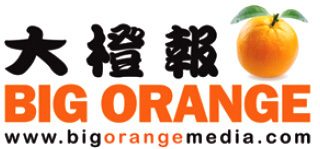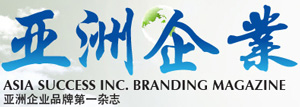SME sector bullish on next year despite gloomy outlook
KUALA LUMPUR, Dec 21 — Malaysian small and medium enterprises (SMEs) remain positive on the industry’s outlook next year despite external and internal challenges, aided by the government’s continuous support, says the SME Association of Malaysia.
Its national president Teh Kee Sin said the government, under its Budget 2015 announcement, will allocate RM14.3 billion for 18 programmes proposed for the development of SMEs.
They encompass the services sector, Bumiputera entrepreneurs, youths, graduates, micro-enterprises, petty traders, women, smallholders, cooperatives and trade associations.
“The SMEs appreciate the incentives provided by the government and I hope that they will fully utilise the allocation,” he said.
Teh said although the economic situation is likely to be tough next year, SMEs could overcome the challenges by making full use of the government’s assistance schemes.
As a net exporter of crude oil, Malaysia is hit by the slump in global crude oil prices to around US$60 a barrel following the decision of the Organisation of the Petroleum Exporting Countries not to cut its production of crude oil, despite lower demand.
It was also reported that prices may fall further for another two quarters until mid-2015, putting oil and gas heavyweights in the red on the local exchange besides weakening the ringgit to RM3.50 per US dollar.
“These are among the factors that will dampen SMEs’ growth next year,” said Teh, adding an exchange rate of RM3.10 to the greenback will not unduly affect SMEs’ quotations to customers.
“The customers don’t like it if we revise our quotations,” he said.
There are also some internal factors that could lead to lower spending power, slowing down SMEs’ growth, he said.
Teh said the challenges in 2014, arising from the higher cost of doing business owing to the subsidy rationalisation and higher raw material prices, will likely continue next year, creating an additional burden to the SMEs and cutting their profits 20 per cent.
However, he said, SMEs are hoping the continued Bantuan Rakyat 1Malaysia (BR1M) cash handouts could help spur their growth and stimulate the economy.
The government will also provide a 2 per cent interest rate subsidy, under the SME Investment Partner (SIP) programme of the SME Masterplan, to enhance early-stage financing for SMEs.
Under Budget 2015, the government has also proposed a RM375 million fund for five years in the form of loans, equity or both, especially at the start-up stage, for the SIP programme.
Asked about SMEs’ preparation for the Goods and Services Tax (GST) to be implemented in April, Teh said there is insufficient understanding about the tax regime on the part of some SMEs although GST training and awareness programmes are always being held to tackle the problem.
He added that Malaysia’s chairmanship of the Asean Economic Community (AEC) next year could help open doors, providing opportunities for local SMEs to expand their markets to neighbouring countries. “Next year will be a very important year for Malaysia as we will lead the AEC. Therefore, the SMEs should see this as a platform for them to market their products and services to a market of more than 600 million people.
“Asean will be the seventh-largest market in the world and next year all eyes will focus on us therefore we should capitalise on this,” he said, adding that the SMEs should start to improve their products and services.
“Improve your efficiency and automation, in order to increase your capacity and ability, and get your products certified,” he said, while urging the SMEs to improve their packaging to make their products more attractive and marketable.
He also urged SMEs to use information and communications technology (ICT) to boost their businesses. It was reported that almost 73 per cent of SMEs do not use ICT in their businesses.
Minister in the Prime Minister’s Department Datuk Wee Ka Siong said although in Malaysia almost everyone is equipped with computers and smartphones, it is rare to see SMEs use these devices as tools to help their business.
The Ministry of International Trade and Industry targets to increase the SME market growth from 6.3 to 9.3 per cent under the SME Master Plan 2012-2020 and for SMEs to contribute at least 41 per cent to the gross domestic product by 2020 from the current 33 per cent. — Bernama
- See more at: http://www.themalaymailonline.com/money/article/sme-chief-bullish-on-next-year-despite-gloomy-outlook#sthash.gm8dusoH.dpuf





























